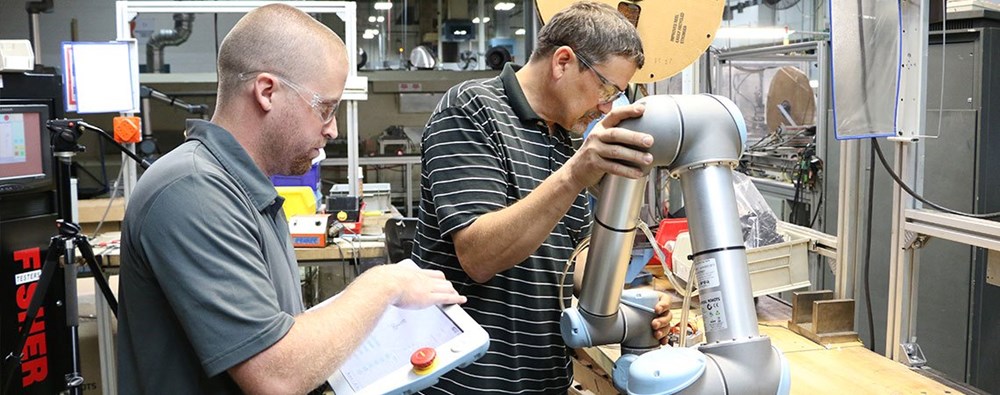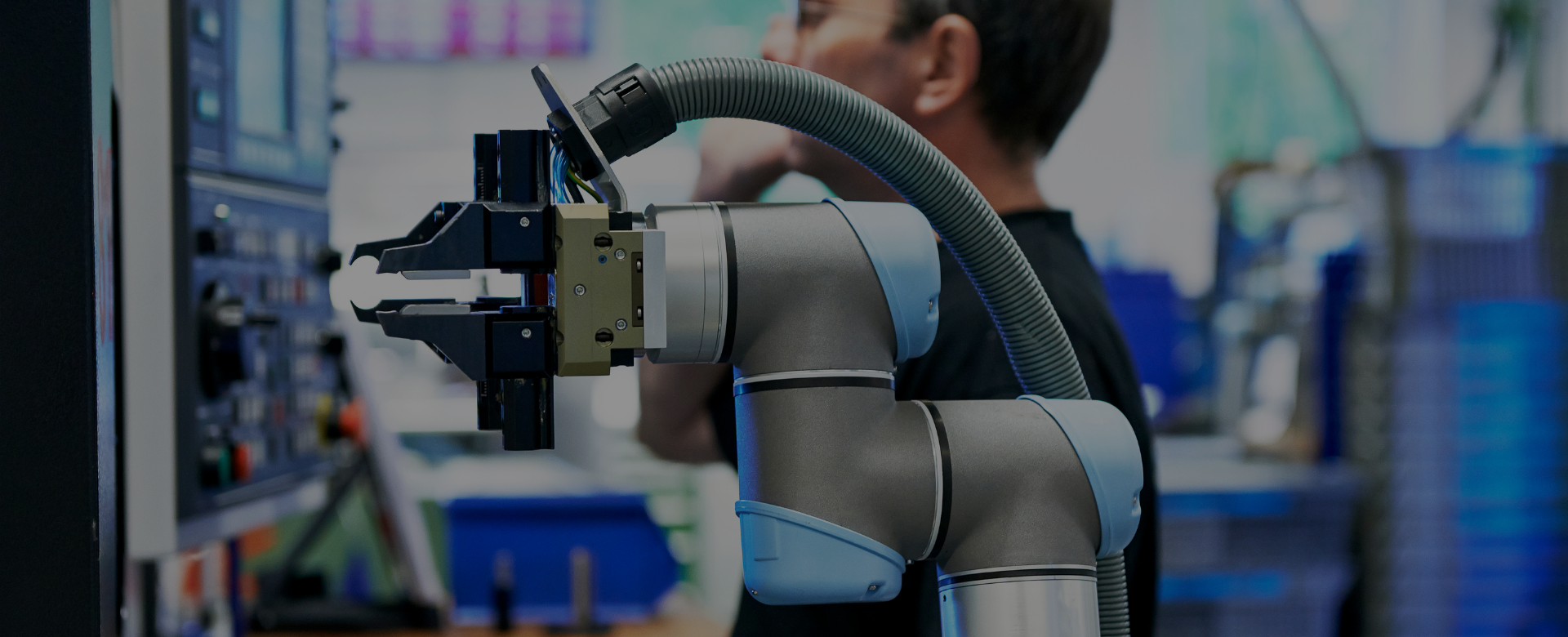New ISO Technical Specification Is Another Positive Step in the Evolution of Safe, Collaborative Robots
From the beginning, Universal Robots designed collaborative robots to work safely side-by-side with human workers. We recognized the huge gains that automation offers manufacturers, and we knew that the large safety enclosures required by conventional industrial robots simply added too much cost, took up too much space, and reduced manufacturers’ production flexibility.
Whether you should cage your collaborative robot and how to set the cobot’s adjustable safety features always depends on a risk assessment of the entire robot application and how it relates to where human workers are located. A robot in itself is never safe. The same robot could be welding with a blow torch one day and doing pick and place with a soft pneumatic suction cup the next. That’s why a risk assessment of each application is imperative and that’s why we welcome the long awaited ISO specifications out this week guiding integrators conducting these critical assessments. The specifications are an important first step in providing guidelines on cobot safety – a topic that our innovative robots will continue to pioneer and drive
TS 15066 supplements ISO 10218 for safe robotic collaboration
The ISO specification is named ISO/TS 15066 and is a supplement to ISO 10218, the ‘Safety Requirements for Industrial Robots’ standards. When the last revision of the ISO 10218 standards came out back in 2011, they were focused on traditional industrial robots, collaborative robots were still a new technology and not addressed in detail. We are pleased that the industry with ISO/TS 15066 now has received comprehensive guidelines; ISO/TS 15066 describes the different collaborative concepts and details the requirements to achieve these. In addition to design and risk assessment requirements, it also presents a research study on pain thresholds vs. robot speed, pressure and impact for specific body parts.
Universal Robots’ Global Compliance Officer, Lasse Kieffer, sat on the ISO committee that worked on the specification, and we see the new document as a solid foundation for future work in this area. ISO/TS 15066 was the consensus reached by the ISO committee’s member countries. The thresholds on robot performance vs. safety are conservative and based on research that will continue to evolve as we unleash the full potential of collaborative robots.












